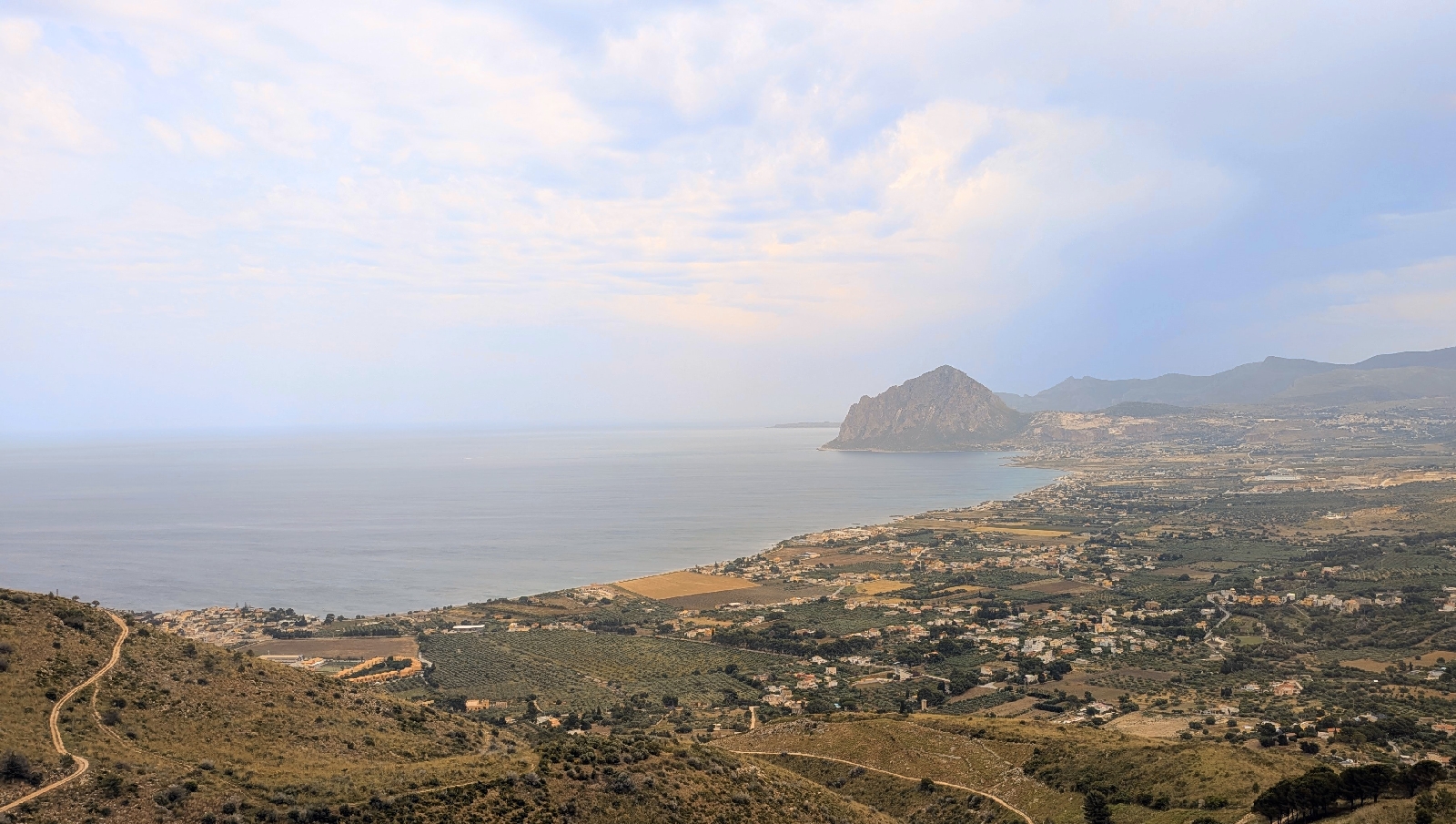Mystras and Nafpoli
Sunday June 4, day 9 of our Greece tour.
We headed out of Monemvasia this morning for a 2 hour ride towards the archeological site of the medieval town of Mystras. This is one of the best preserved Byzantine cities and is a UNESCO site. They were very specific to say that it was not rebuilt, that it was restored. As an aside, the Byzantine empire is just the name that they gave to describe the Roman Empire. The site was on a steep hill (very steep and rocky) which made it well defensible. It had 3-4 well preserved Byzantine churches, a palace and even a currently occupied monastery with a few nuns. The nuns welcomed us with Turkish delights. Christine thought that some of the site looked a lot like she would picture overgrown Cair Paravel from the Narnia books, and when the nun gave us Turkish delight, it was pretty ironic. The town was established during the 4th crusades and most of the buildings were from the 5th and 6th century AD. The economy here was based on a silk economy, from silk worms stolen from China. While most people left the town in the mid 1800’s, there were some still living here until it was converted to an archeological site in 1953. (Except for the nuns).
After Mystras we headed to Sparta Greece for lunch. I expected Sparta to be very touristy, but it definitely was a regular working town and we soon headed to our next stop for 2 nights…..the old capital of Greece…..Nafplio.
The first night in Nafplio, before finding dinner, we enjoyed a wine and ouzo tasting at a local wine shop from a wine sommelier.
Some info about Nafplio- During the Middle Ages Nafplio was called Anapli. The Venetians, during the first period of their dominion over the region of Argonafplia (1839-1540), called the city "Anambolou". During the second period (1695-1715), they established Nafplio as the capital city of the region of Romania and they changed its name to Napoli di Romania, that is the city of "Napoli of Romania". It is worth adding that both the names of "Napoli" and “Nafplio" mean "the city of seamen", and the name “Romania" means Greece.
Mary

A lot of the ruins that weren’t restored were overgrown and looked fabulous. Narnia anyone?

Offerings to Mary. The people in many towns in Europe use small tin plates depicting what they are thankful for and that is what is hanging all over the wall to the left.

Walking towards the lower town.































Love the Narnia ruins!! Your pics are amazing! How funny that you were offered Turkish delight!
ReplyDelete